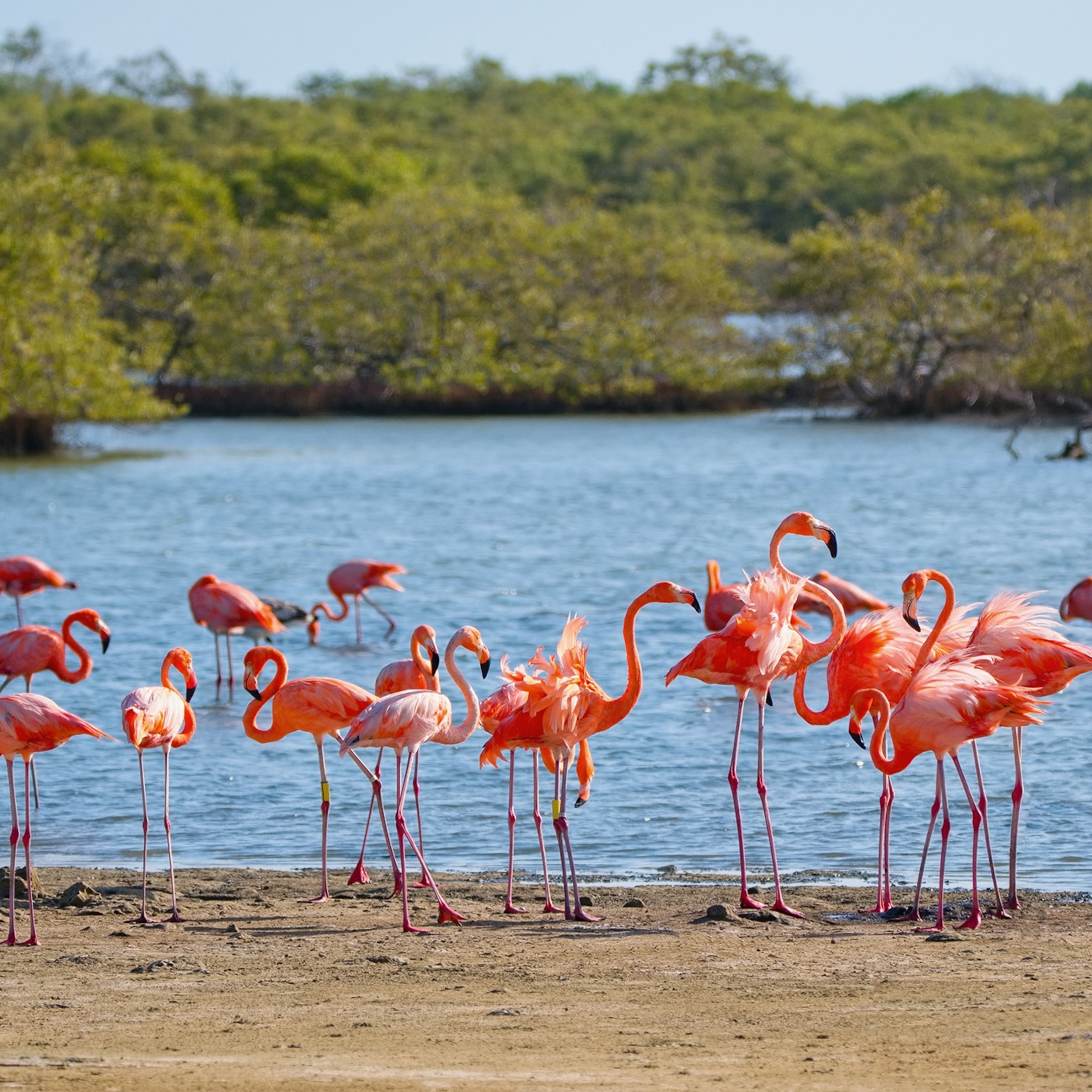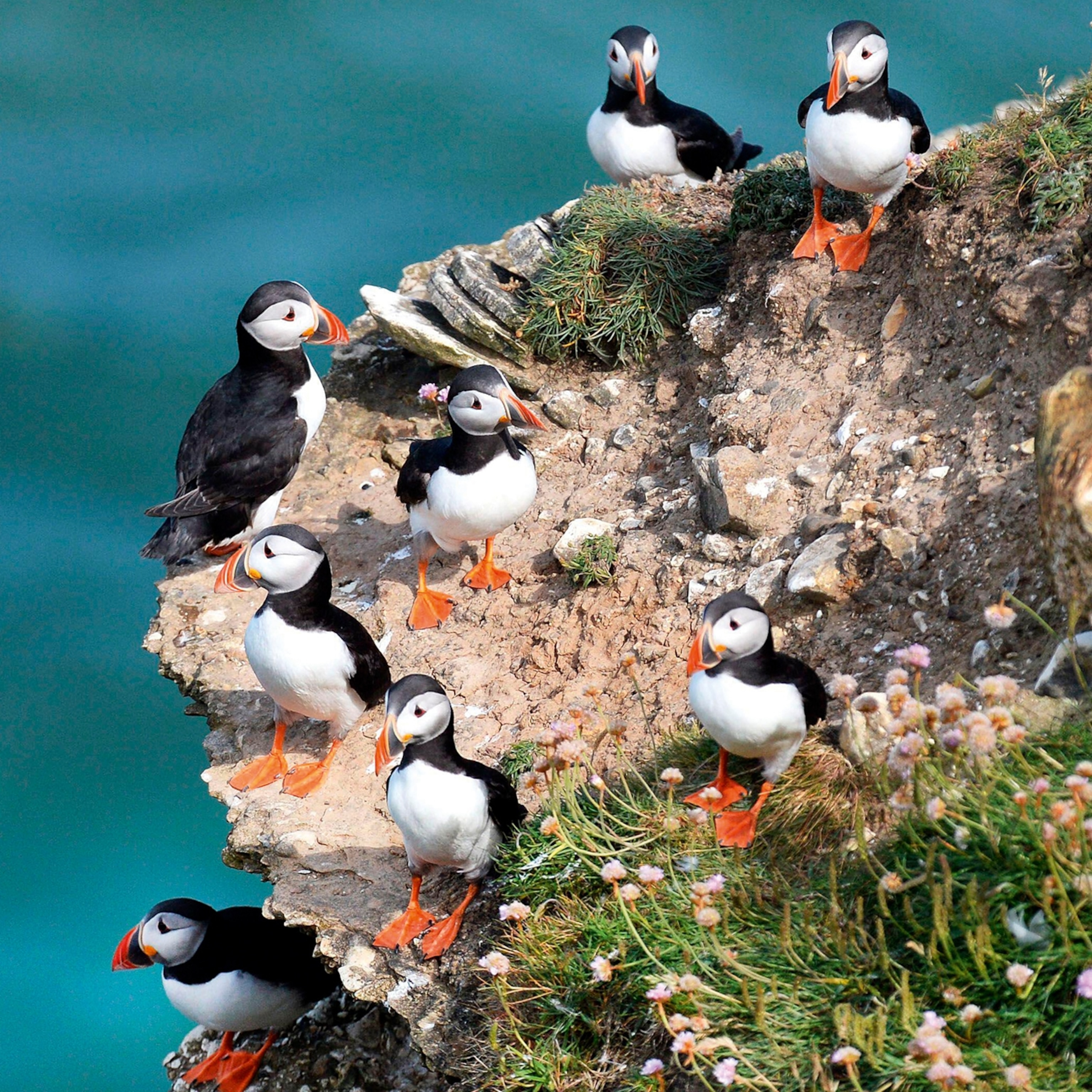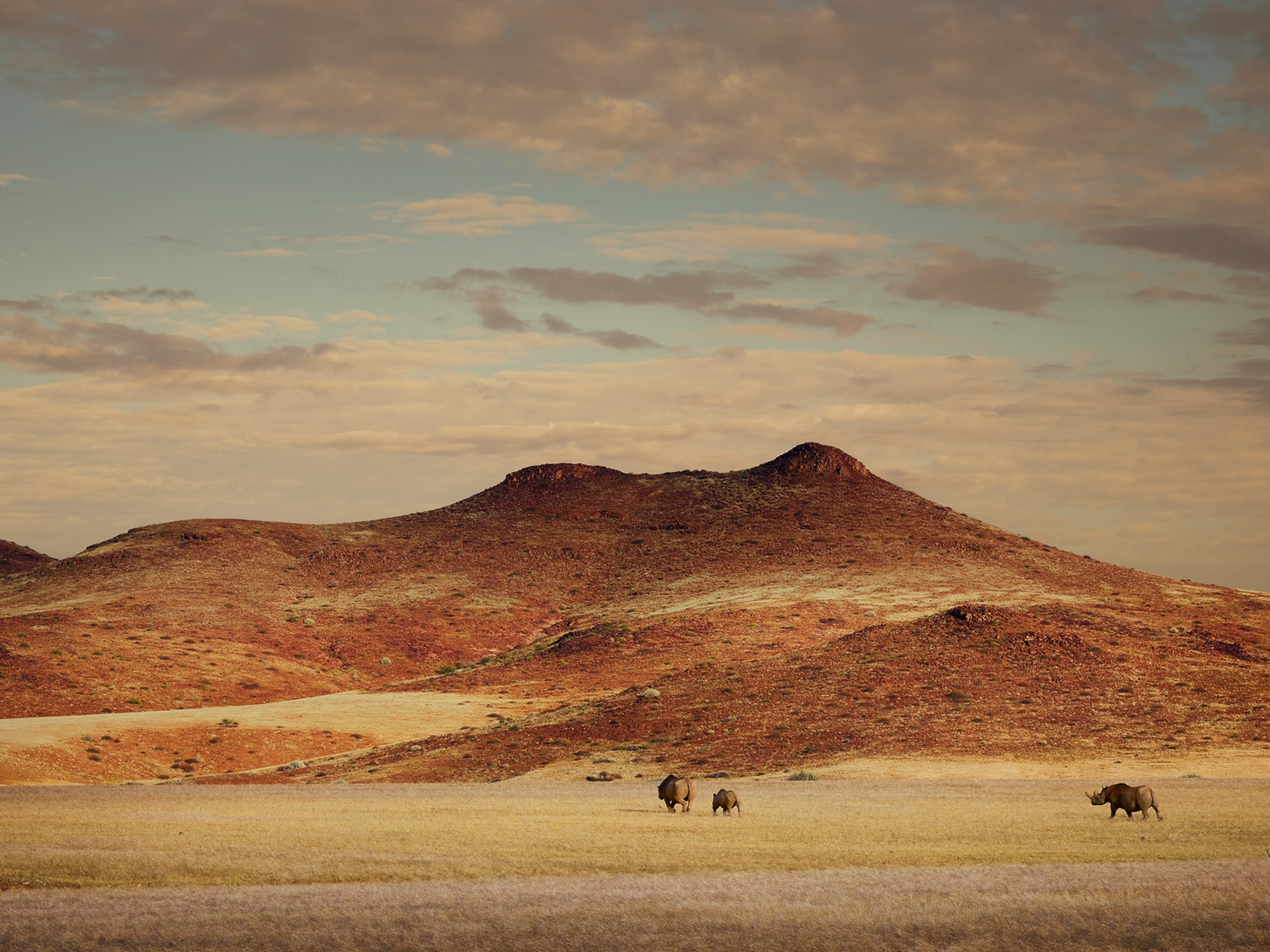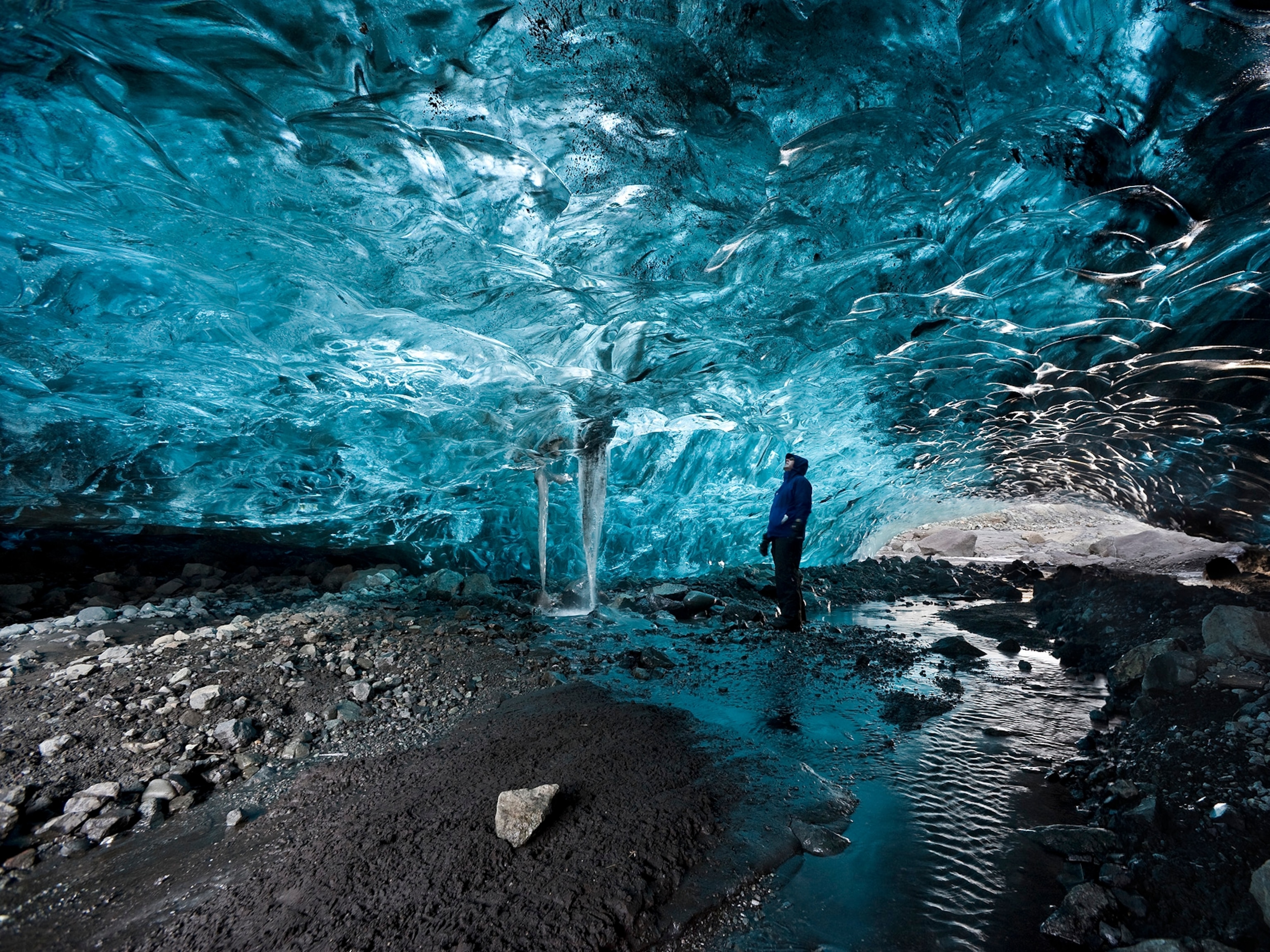
Parrots, piranhas and pink river dolphins on a cruise through the Peruvian Amazon
The banks of the Amazon may be where a solitary Indigenous tribesman chose to spend his last days, but there’s no escaping the ebullience — and appetite — of its wildlife.
The most singular man in the world knew he was going to die. He decided to do so surrounded by beauty, climbing into a hammock and carefully burying himself under a blanket of bright macaw feathers. Death, when it finally came for him, meant the extinction of his entire Amazonian tribe.
No one knew his name, and, after more than two decades entirely alone in the vast jungle, he perhaps didn’t know it himself. Unsure of what else to call him, and owing to his particular habit of digging deep holes for traps and hiding places, authorities referred to him as the Man of the Hole. He was Brazilian in a redundant, bureaucratic sense, but much more than that he was Amazonian, without nation or borders beyond those he imagined for himself. Much of his story is unknowable, but it’s certain that the rest of his people were murdered by criminal loggers in the 1990s, leaving him as a sole survivor. He was not in a true sense uncontacted, but after the massacre it was as clear as it was understandable that he wanted to be alone.
“For me, he was this symbol of resistance and resilience,” said Fiona Watson of Survival International after his death.
“He was able to survive on his own, not speak to anybody and avoid all contact, maybe out of grief or determination.”
Looking at the jungle’s immense frontier from Lindblad’s Delfin II on the Amazon River, the Man of the Hole — whose body was discovered just two weeks earlier — feels simultaneously closer and more distant than ever. Our eight-day cruise is staying exclusively on the Peruvian side of the modern border but, as the parrot flies, those profound and unreachable parts of the Amazon are not so far away. Within hours of boarding in Iquitos, I have some idea of the environment’s challenges.
With the water levels naturally low in the late austral winter, the river’s huge banks appear like the first defence of some gigantic walled city. The greenery looks impenetrable, but even reaching it requires scaling the soft, clay shore, in mud ready to devour footwear.
Nonetheless, the ship’s local naturalists lead us through this initial barrier with the help of a primitive staircase carved from the wet cliff face. There’s been no malaria in the region for decades, but the appetite of the Amazon’s insects remains undiminished. So, to avoid discomfort, the recommendation on board was to wear trousers, long-sleeve tops, neck scarves, hats, closed-toed shoes, sunscreen and insect repellent, if we so desire.
I don’t regard myself as a stupid person, nor am I needlessly contrary, so I’m at a loss to explain why, despite this sound advice, I find myself wearing a T-shirt and no repellent as we prepare to dive into the endless green. I try to fortify myself with the knowledge that the Man of the Hole is thought to have survived for all those years almost entirely naked, but what follows is 90 minutes of me slapping my arms, convinced something is gnawing on my invitingly pale flesh.
During the transfer ashore, we were told about the symbiotic relationship between fire ants and tangarana trees, and it’s not long before we find them both. The insects’ stings are said to be intensely irritating as well as mildly venomous, so I cower in the shade of the tangarana, trying to distract myself by taking photographs of a squirrel monkey high in the canopy.
To be attacked by fire ants would be a mercy compared to the kiss of bullet ants, which are found here, too, and rated as having one of the most painful stings in all of nature. Having been stung by one, the entomologist Justin O Schmidt — creator of the Schmidt Pain Scale — described it as “pure, intense, brilliant pain… like walking over flaming charcoal with a three-inch nail embedded in your heel.”
When I mention this to naturalist Ericson Pinedo, he replies in a way more matter of fact than feels appropriate: “And it’s not just the pain, but you get fever, diarrhoea and vomiting as well.”
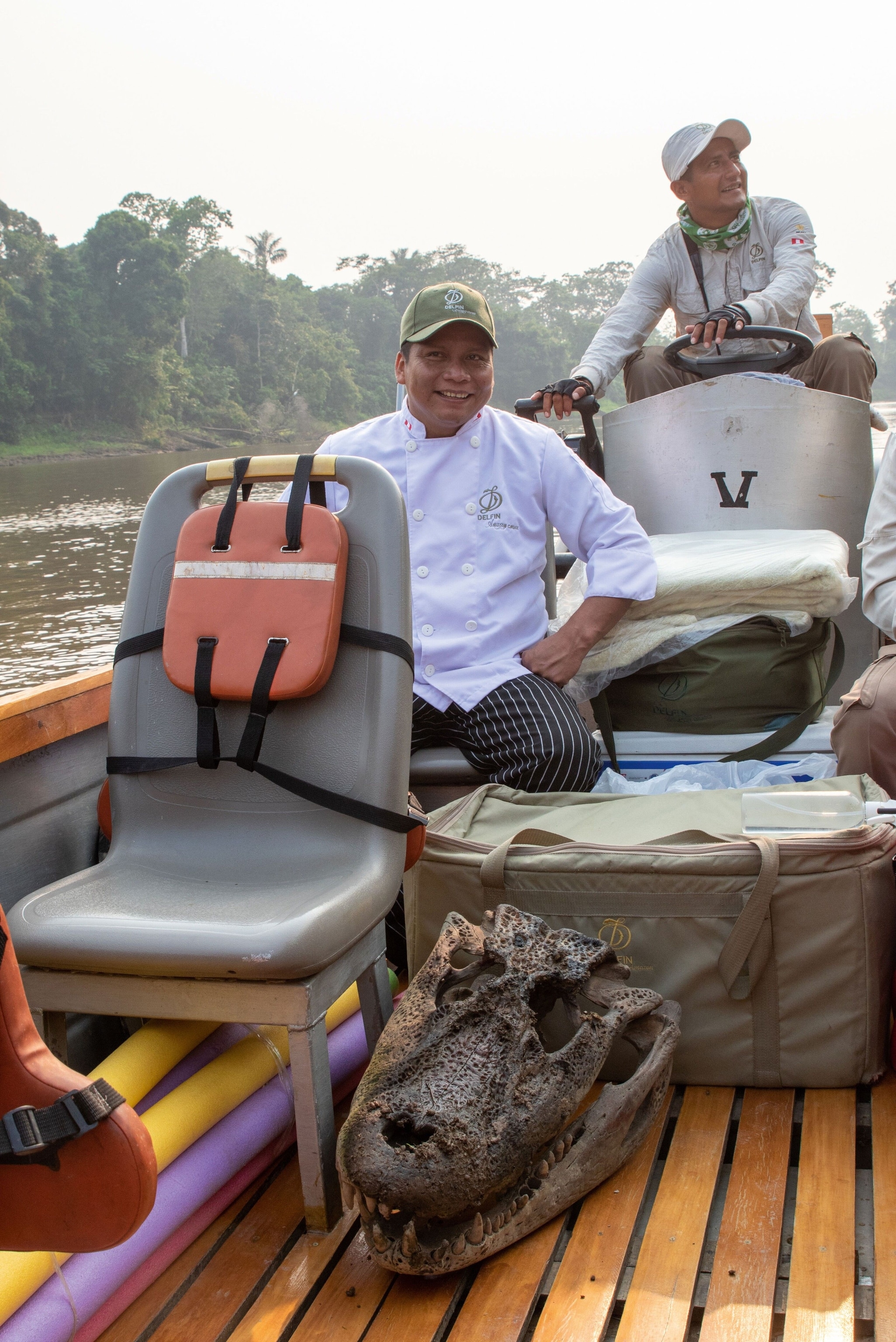
Full of life
Of course, spending time in the Amazon is primarily an exercise in awe, not fear. There are 20 or so passengers on board the Delfin II, and we have our days filled with exploring the fringes of the jungle in skiffs, surprisingly snappy boats with twin outboard motors capable of outperforming many of the other vessels on the river.
Once in a while, flying bugs hit me with the mass and velocity of paintballs, but mostly it’s a fine way to travel, taking us quickly along great tracts of riverbanks, spotting barely comprehensible amounts of wildlife as we go. As expedition leader Alberto Montaudon puts it, there’s room for “interminable interpretation” in the jungle. Pick almost any 100-yard-stretch of the Dorado River — an Amazon tributary running into the Pacaya Samiria National Reserve — and there’ll be dozens of birds from ungainly jabiru storks to panicky neotropic cormorants to blue and yellow macaws, the calls of which are almost as loud as the colours of their feathers.
Creatures are endlessly trying to eat each other. The arowana, or monkey fish, can leap six feet from the water to snatch insects dangling from branches. If we doubted this, at one point on a skiff ride back to the main ship one jumps from the water and hits Alberto in the face. In turn it might be eaten by black caiman, which are themselves the target for the elusive jaguar. Elsewhere, red-bellied piranhas aren’t the killers bad 1980s horror films would have you believe, but they’re still voracious, keen to disassemble anything dead or dying in the water.
However, even they must look over their own wicked shoulders for giant river otters, families of which live on the muddy banks and hunt with big appetites and lethal efficiency.
One morning we glide to a halt outside an otter den, watching a boisterous male stare us down from behind a fallen log. While the eight tourists in the skiff try to take adequate photographs of this strange confrontation, another mammal appears on our port side, dividing our attention — bursting from the murky water is a pink river dolphin.
I had expected the pink river dolphin to be something of a trophy for the trip, but we see them every day of the cruise. This perhaps speaks to the health of the ecosystem in this part of the Amazon. Despite, or perhaps because of, its apparent abundance, it has long occupied the minds and myths of Indigenous communities. Each night aboard the Delfin II, we return to our rooms to find little ‘Amazonian tales’ on our pillow. One of these bedtime stories tells of a shapeshifting pink river dolphin who fell in love with a local fisher woman and would transform into her absentee husband, tricking her into a relationship, a sort of catfishing in a world of catfish.
Back in the real world, the naturalists’ descriptions did little to lessen a sense of wonder around these bizarre animals. For Jorge Guerra, they represent the most efficient killers in the environment, apex predators capable of eating baby anacondas, caiman and piranhas.
“Some people are kind of scared of those species,” he says with a wide smile, “but the dolphin can eat all of them, and nothing comes after them.”
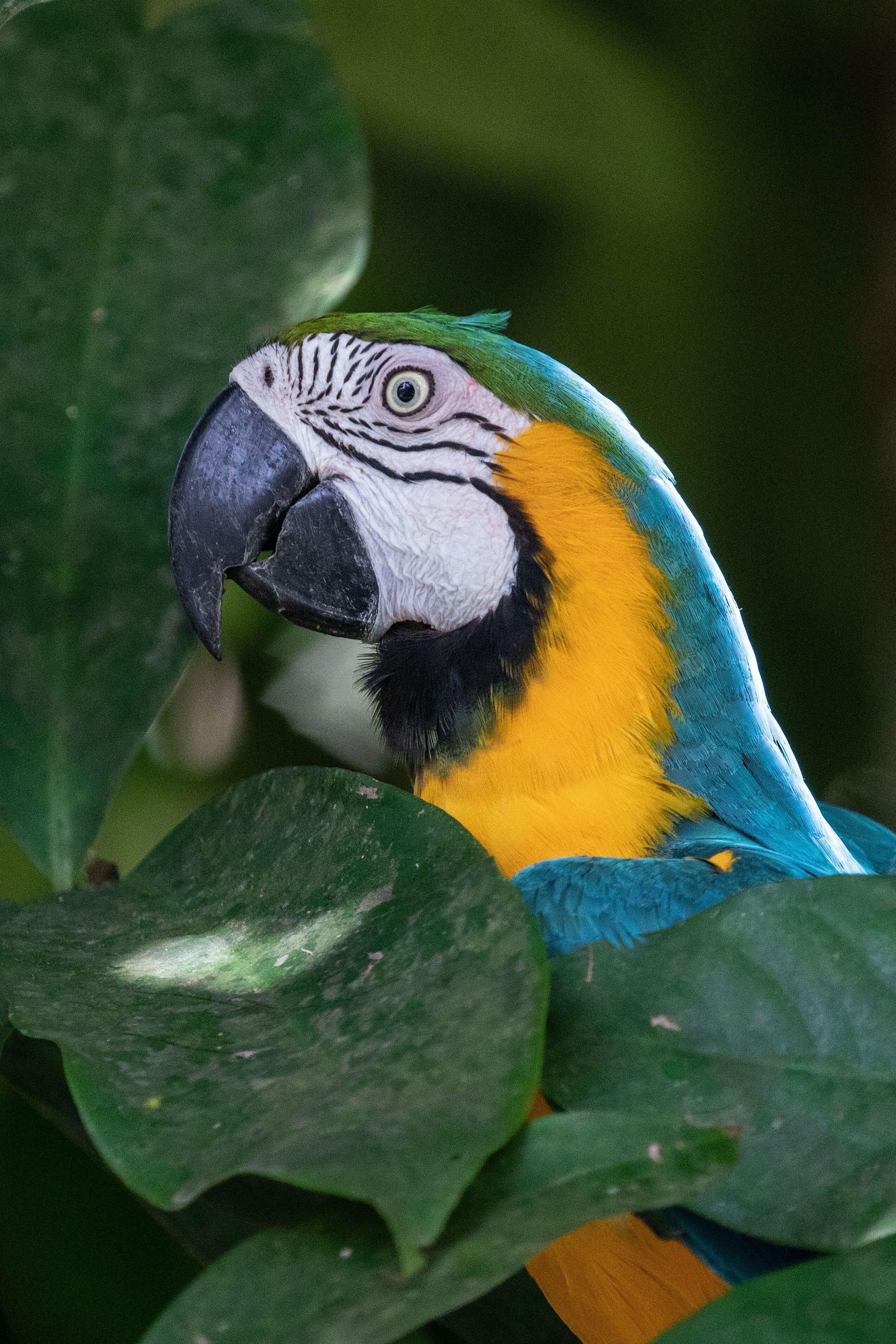
Altruism & mud
For its part, the Delfin II looks as though it’s sailed up the Amazon out of a different era. If there is a more handsome vessel sailing on the river, I don’t see it. Comprised of three decks, each beautifully crafted with polished wood, its upper level is open plan, the site of occasional lectures, demonstrations and long hours simply staring at the immensities of the Amazon with sounds of the jungle foregoing any need for background music.
Chartered by Lindblad throughout the year, as well as the wildlife, the ship makes a point of visiting Indigenous communities. An element of this allows locals to consult with the ship’s doctor during visits, pro bono work that has returned after a pandemic-enforced hiatus. The ship also buys produce direct from locals, including plenty of catfish, guaranteeing freshness for the passengers and ethical income to the people of the riverbanks. Elsewhere, there are conservation projects designed to support endangered freshwater turtles, saving their eggs from kleptomaniacal capuchins and human poachers alike.
All of this may be broadly interpreted as charitable, but as we find out one afternoon, this altruism can also be reciprocated. In the wet season, the Amazon can be as much as 30ft higher than we find it. As the water drains away, many tributaries are reduced to trickles, including the one outside Huarami village. Undeterred by the lack of flow, our driver tries to get our skiff through the narrow passage.
On some of the stilted, palm-frond roofs in Huarami there are satellite dishes, allowing the Cucama-Cucamilla people living there to watch television. But today, though, our boat is the entertainment — soon the whole village has turned out to watch us visibly, risibly struggling. Some minutes later, however, they are down in the mud with us, heroically pulling our skiff up stream, while kids wearing gauntlets and boots of mud giggle at our helplessness.
Things are more sober when we visit another Amazonian community towards the end of the trip. Before visiting we’re told stories of ayahuasca-fuelled shamans who take six to eight years to master their magical herbalism. During their vision quests, they’re said to encounter talking snakes, giant eagles, and flute-playing imps called chullachaqui who try to lead them astray through the jungle. These extraordinary ceremonies are a vital part of the fabric of life in the Amazon.
When ashore, the community of 300 or so are more concerned with the practicalities of how to live healthily and sustainably. Demonstrations of village life include a show of how they collect sugar water by crushing sugarcane until all its valuable liquid has been extracted. I have a rough idea how the plant feels — the heat of the Amazon is never more intense than here, humidity so merciless it feels as though the steaming forest is exhaling on my neck.
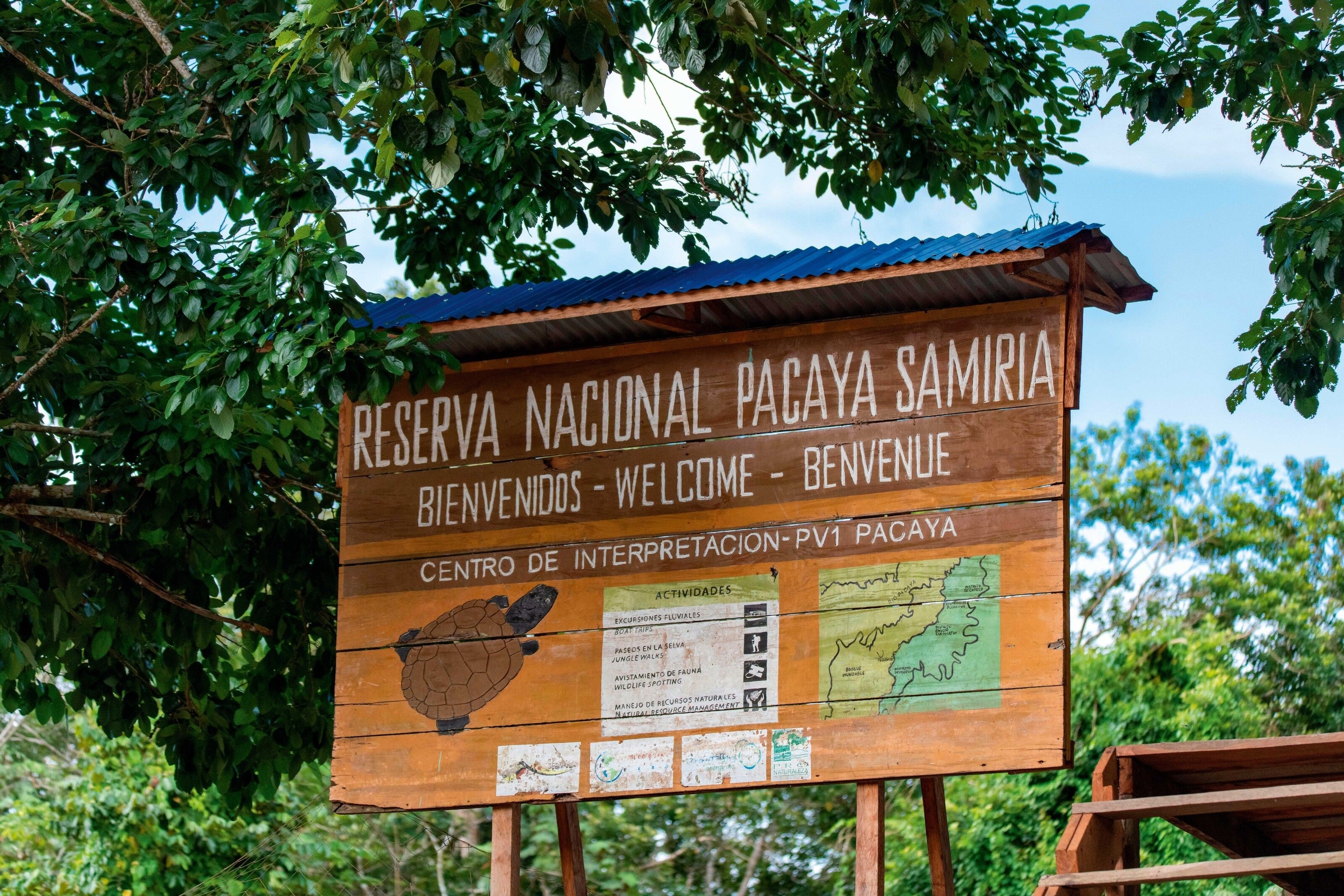
The lives here are as different to the Man of the Hole as my own is to those of this village. There’s an internet connection. Electricity is turned on three nights a week. The kids have access to a couple of smartphones, and I spot at least one tablet. It’s in the possession of an adolescent boy who has clearly pushed out a younger rival to hold it. The vanquished challenger is reduced to trying to peek over his shoulder from just outside striking reach.
Supported by the non-profit Minga Peru, young women and girls also have created a radio show that encourages better sexual health, respect through the community and, ultimately, self-esteem. Recorded here, it’s now broadcast through the region.
“We had nothing like that when I was young,” says the ship’s third naturalist, Sandro Soria. “You can see a real difference here with projects to encourage family planning and empowering women. I think programmes like this, funded by tourism, make changes for the better.”
Sandro grew up on the Ucayali River, which joins the Marañon to become the Amazon just west of the city of Iquitos. He doesn’t measure the distance to his village from there in miles or kilometres, but rather time to travel by boat — it used to take 20 hours to reach the big city. Thanks to a benevolent aunt, he was able to follow his jungle education with something more formal when he became a teenager. He hadn’t heard of the Man of the Hole but knows of uncontacted tribes that flit between Peru and Brazil, hopping over the meaningless border, actively avoiding the wider world for something freer. I ask how he thinks he’d manage in a situation like that.
“Oh it’d be very, very difficult, especially if you didn’t know the area,” he replies.
But not impossible?
Sandro smiles and opens his hands in front of him. “Maybe not impossible.”
Published in the Cruise 2023 guide, distributed with the Jan/Feb 2023 issue of National Geographic Traveller (UK)
Subscribe to our newsletter and follow us on social media:
Facebook | Instagram | Twitter
